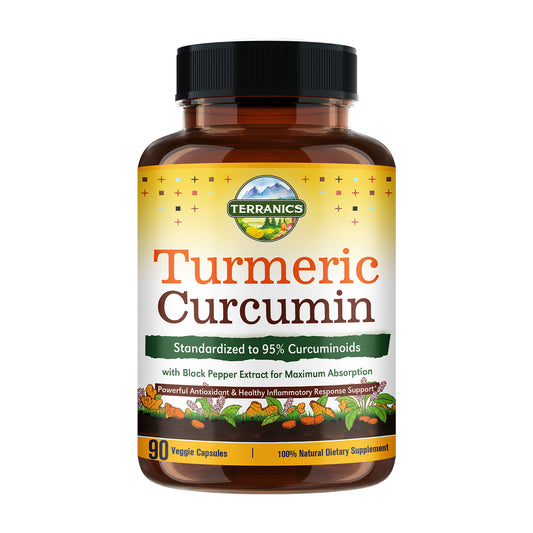
Vitamins are essential nutrients that our bodies need to function properly. They play a crucial role in maintaining our health and well-being, and are involved in a wide range of bodily functions, from energy production to immune function.
There are two main types of vitamins: fat soluble and water soluble. These two types of vitamins have different absorption, storage, and elimination processes in the body. In this blog, we will explore the differences between fat soluble and water soluble vitamins and help you understand how to get the most out of your vitamin intake.
What Are Fat Soluble Vitamins?
Fat soluble vitamins are vitamins that are absorbed and stored in the body's fat tissues. They include vitamins A, D, E, and K. These vitamins are absorbed with the help of dietary fats, and are stored in the liver and fat tissues for later use.
Because fat soluble vitamins are stored in the body, it is possible to consume too much of them, leading to toxic levels. This is particularly true for vitamins A and D, which can be toxic in large amounts.
What Are Water Soluble Vitamins?
Water soluble vitamins are vitamins that are not stored in the body and are eliminated through urine. They include vitamins B and C. These vitamins are absorbed directly into the bloodstream and are not stored in the body, so they must be consumed regularly to maintain adequate levels.
Because water soluble vitamins are not stored in the body, it is unlikely to consume too much of them, as any excess will be excreted through urine.
Differences between Fat Soluble and Water Soluble Vitamins:
Absorption and Storage
Fat soluble vitamins are absorbed and stored in the body's fat tissues, while water soluble vitamins are absorbed directly into the bloodstream and are not stored in the body.
Consumption
Fat soluble vitamins should be consumed in moderation, while water soluble vitamins should be consumed regularly to maintain adequate levels.
Excretion
Fat soluble vitamins are stored in the body and are eliminated slowly, while water soluble vitamins are eliminated through urine.
How to Get the Most Out of Your Vitamin Intake:
Eat a Balanced Diet
Eating a balanced diet that includes a variety of foods can help ensure that you are getting adequate levels of both fat soluble and water soluble vitamins.
Consume Fat Soluble Vitamins with Dietary Fats
Consuming fat soluble vitamins with dietary fats can help improve absorption and utilization.
Space Out Your Water Soluble Vitamin Intake
Because water soluble vitamins are not stored in the body, it is important to consume them regularly to maintain adequate levels.
Consult with a Healthcare Professional
If you have any concerns about your vitamin intake, it is always a good idea to consult with a healthcare professional.
Conclusion
Vitamins are essential nutrients that our bodies need to function properly. Understanding the differences between fat soluble and water soluble vitamins can help you get the most out of your vitamin intake and maintain optimal health. By eating a balanced diet, consuming fat soluble vitamins with dietary fats, spacing out your water soluble vitamin intake, and consulting with a healthcare professional, you can ensure that you are getting the nutrients your body needs to thrive.




